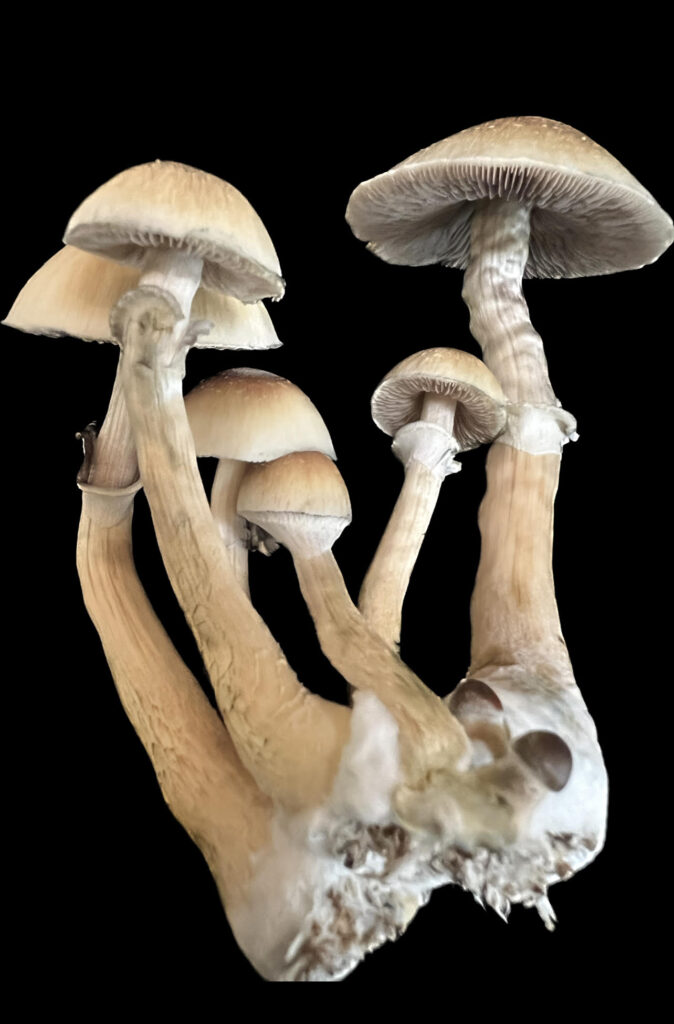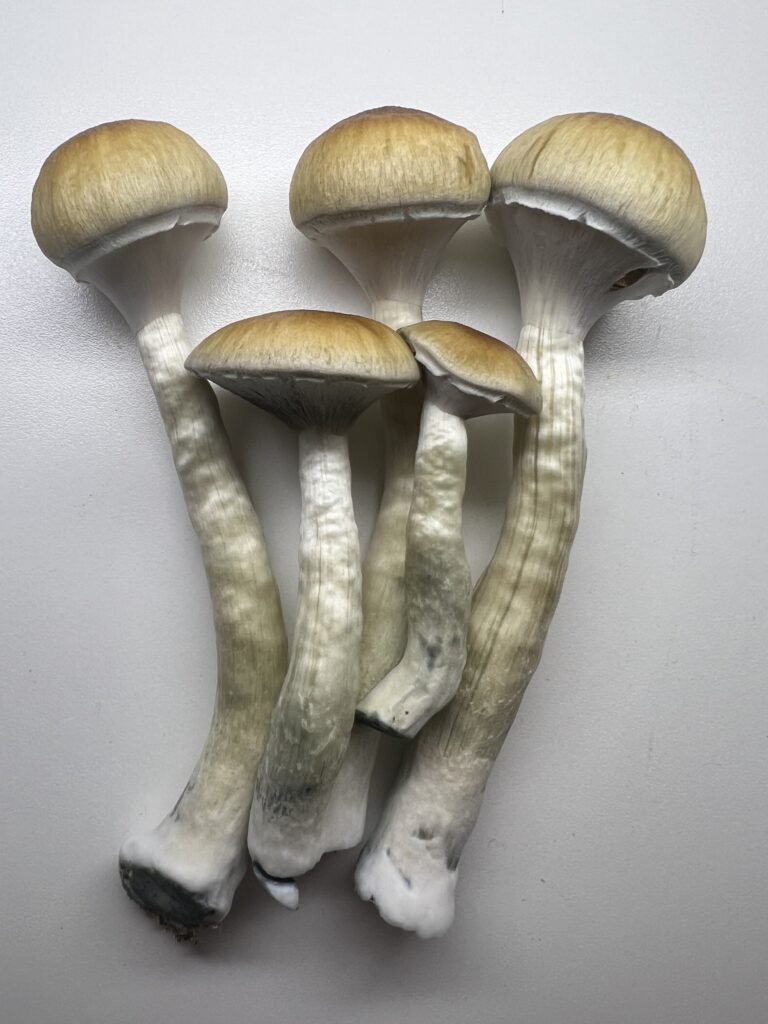Mushrooms, with their intricate growth patterns and profound cultural significance, have long captivated human curiosity. Among the diverse array of species inhabiting Earth’s ecosystems, the Golden Teacher mushroom (scientifically known as Psilocybe cubensis) stands out for its symbolic importance and scientific intrigue. In this exploration, we embark on a journey to understand the origins, habitat, and microscopic characteristics of the Golden Teacher mushroom spores, shedding light on its enigmatic allure.
Origins and Cultural Significance:
The Golden Teacher mushroom’s origins are deeply intertwined with ancient civilizations across the globe. While its precise beginnings remain obscured by the mists of time, it is believed to have been revered by indigenous cultures spanning from Central America to Southeast Asia. These cultures, deeply attuned to the rhythms of nature, regarded the Golden Teacher not only as a source of psychedelic experiences but also as a conduit for spiritual enlightenment and healing.
In contemporary times, the Golden Teacher continues to hold sway over modern psychedelic culture and therapeutic practices. Its name, evocative of its golden-capped appearance and perceived ability to impart profound insights, reflects the reverence with which it is regarded by enthusiasts and seekers alike.
Habitat and Ecological Role:
Golden Teacher mushrooms exhibit remarkable adaptability, thriving in diverse environments characterized by rich organic matter and moderate humidity. They are predominantly found in subtropical and tropical regions, although they can be cultivated successfully in controlled indoor settings.
In their natural habitat, Golden Teacher mushrooms often emerge from the soil in wooded areas, particularly in regions abundant with decaying plant matter. They form symbiotic relationships with various tree species, drawing nutrients from their surroundings to fuel their growth. This ecological versatility contributes to their widespread distribution and resilience in the wild.
Microscopic Characteristics:
To gain a deeper understanding of the Golden Teacher mushroom, one must delve into the microscopic world of its spores. Under the lens of a microscope, these spores reveal distinctive features that aid in their identification and classification as expressed in the article by our friends at Seattlemet.

Golden Teacher spores typically exhibit an ellipsoidal or subellipsoidal shape, with dimensions ranging from 11 to 17 micrometers in length and 8 to 11 micrometers in width. They appear smooth and translucent, often displaying a characteristic hue ranging from light brown to golden yellow.
Microscopically, these spores possess a prominent germ pore at one end, facilitating spore dispersal and the initiation of new mycelial colonies. The study of spore morphology and dispersal patterns provides valuable insights into the mushroom’s reproductive strategies and genetic diversity, enriching our understanding of its ecology and evolutionary history.
In the realm of mycology and psychedelic exploration, the Golden Teacher mushroom occupies a singular place of reverence and fascination. From its mysterious origins to its symbiotic relationships and microscopic wonders, every aspect of this remarkable fungus invites contemplation and discovery.
As we delve deeper into the secrets of the Golden Teacher mushroom, we unlock not only its ecological significance but also its potential for transformative experiences and therapeutic applications. Whether approached through the lens of science or spirituality, the Golden Teacher remains a beacon of enlightenment, guiding us on a journey of exploration and introspection into the realms of consciousness and beyond.

